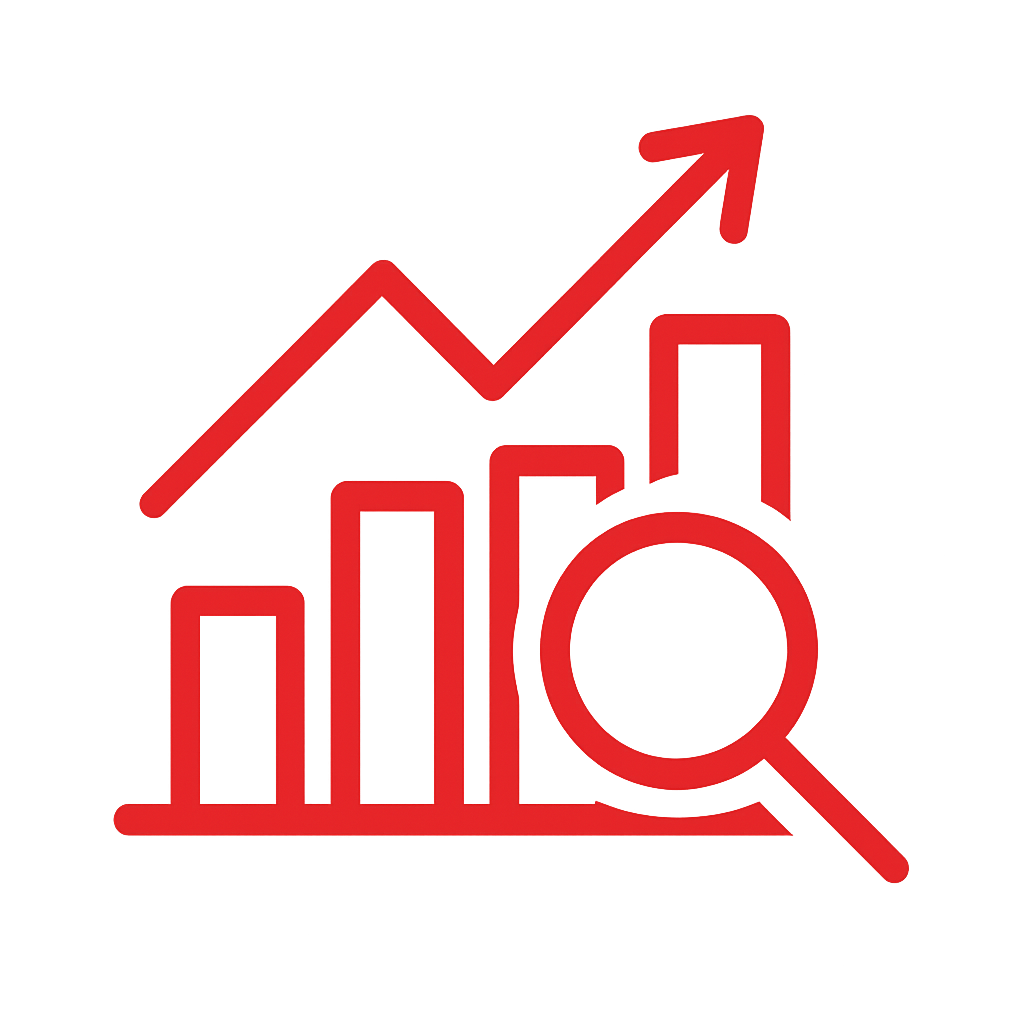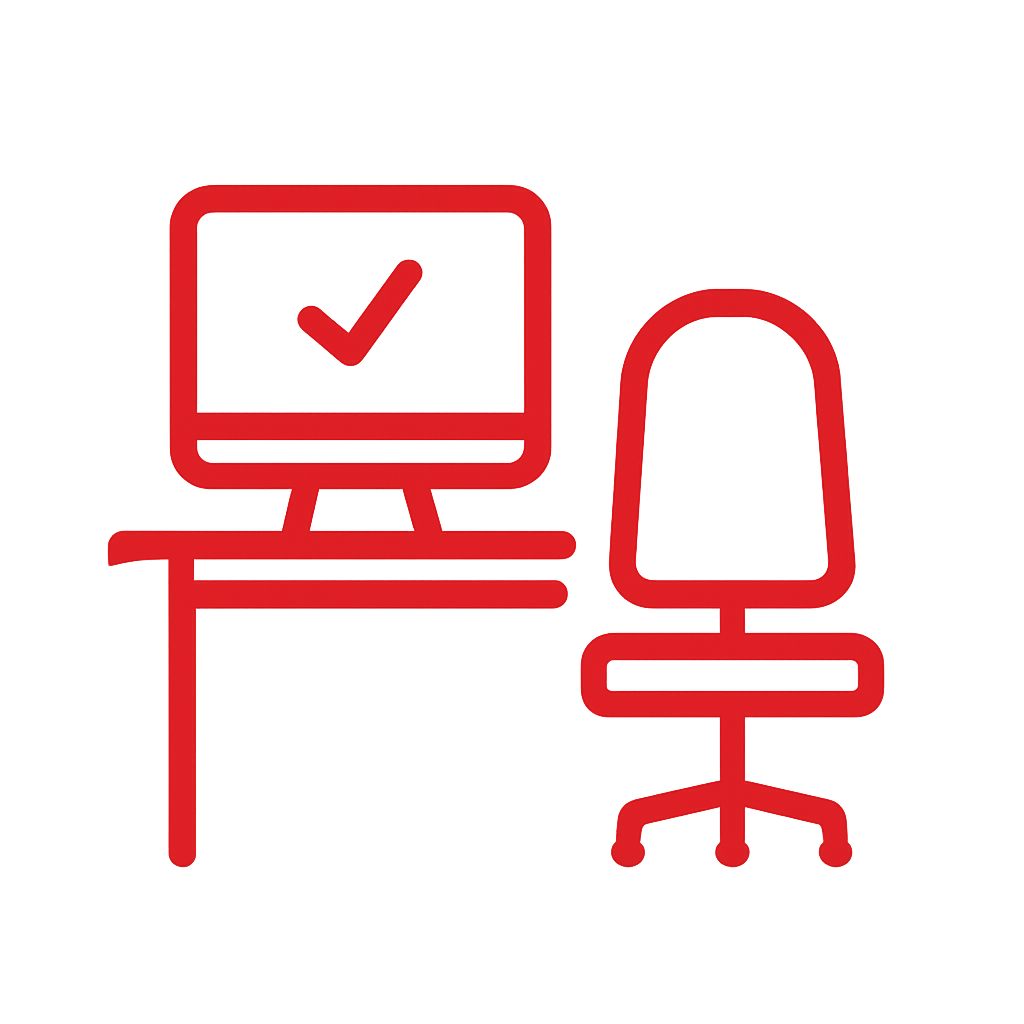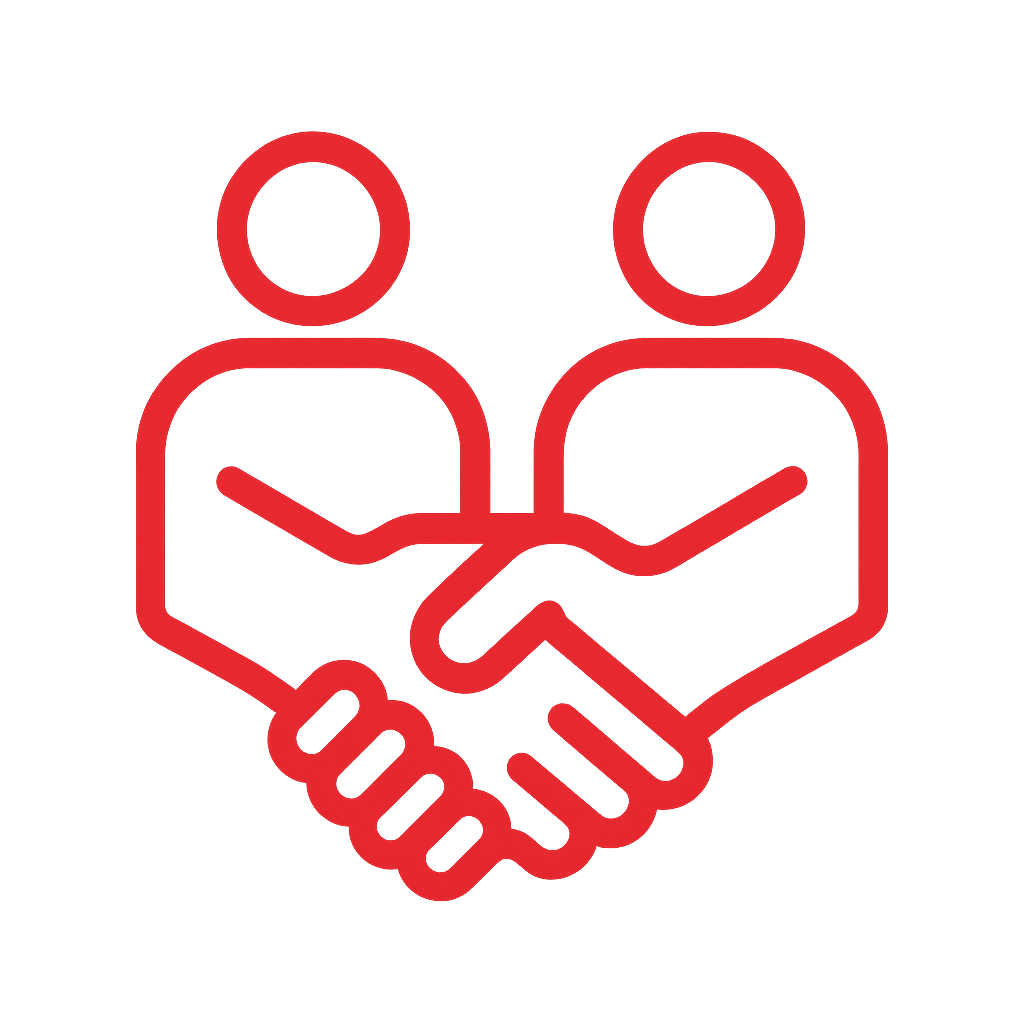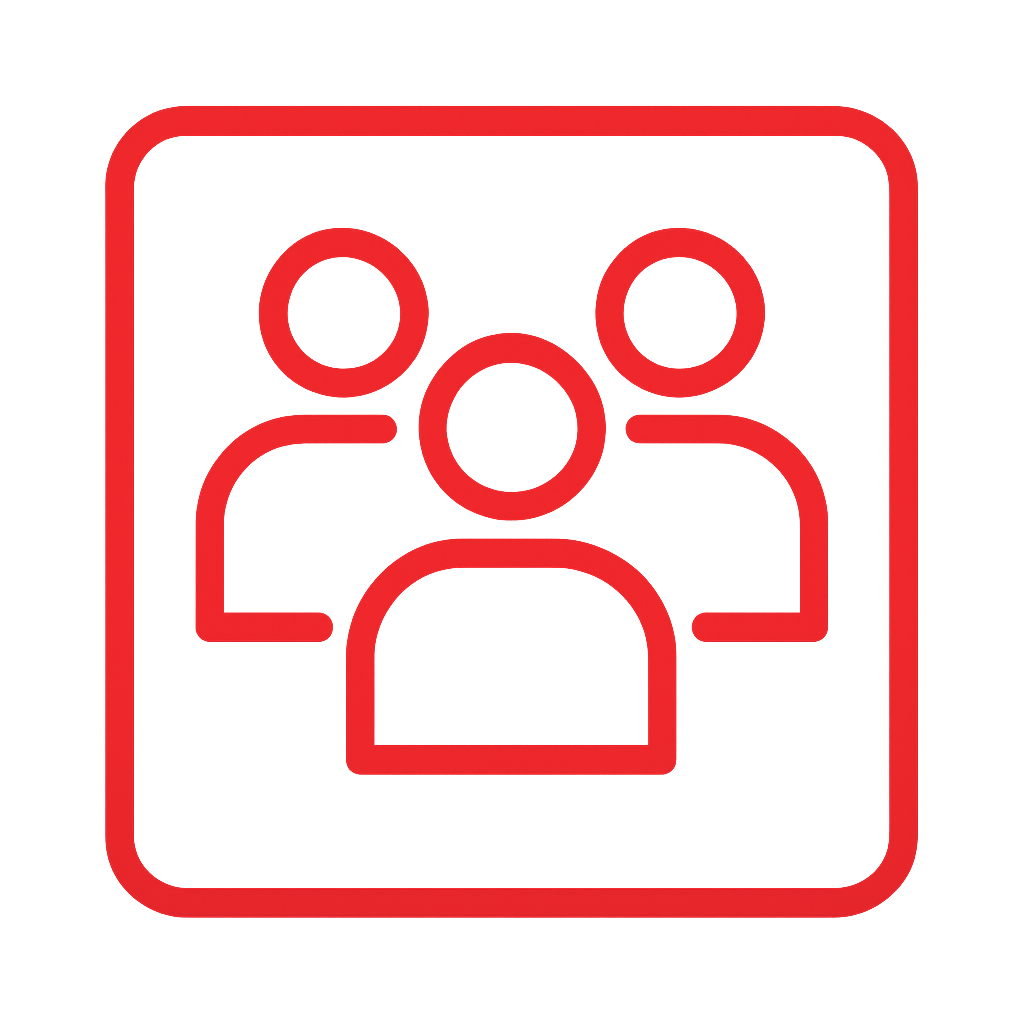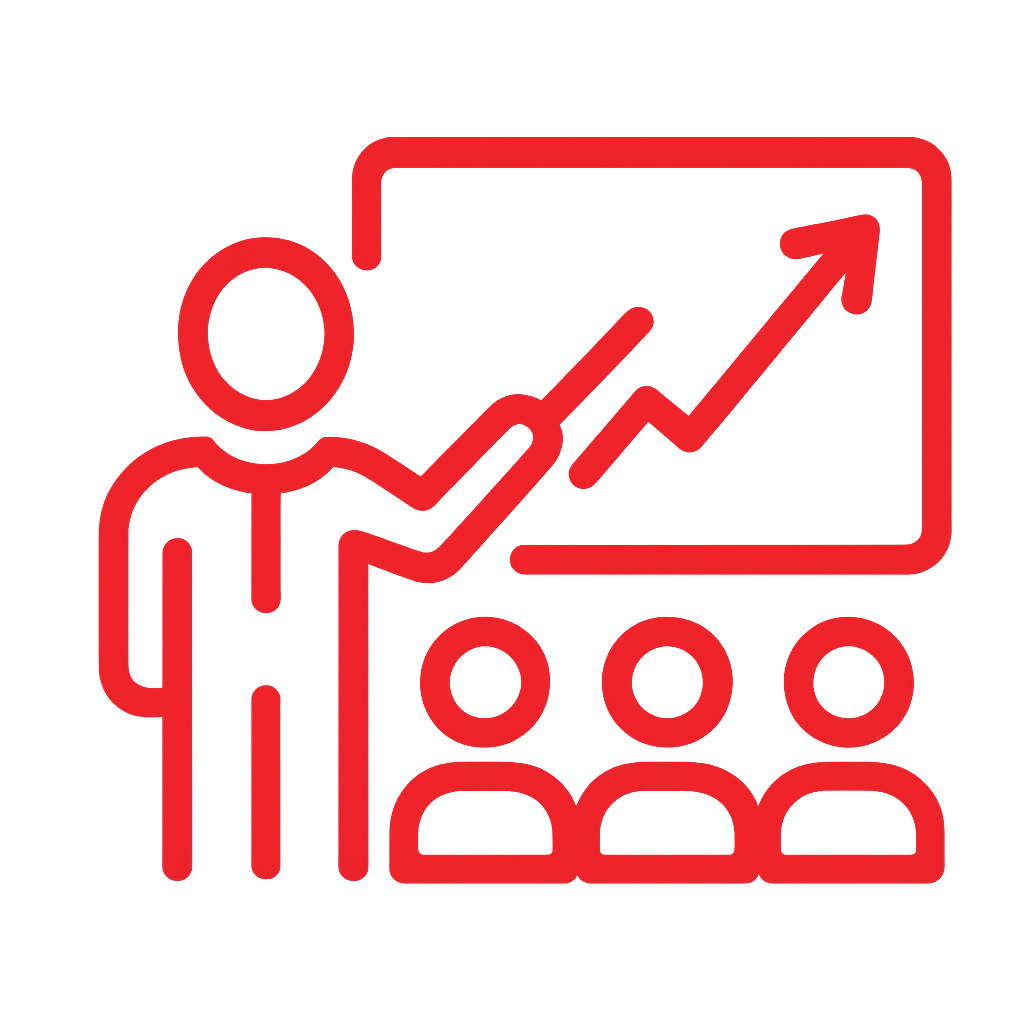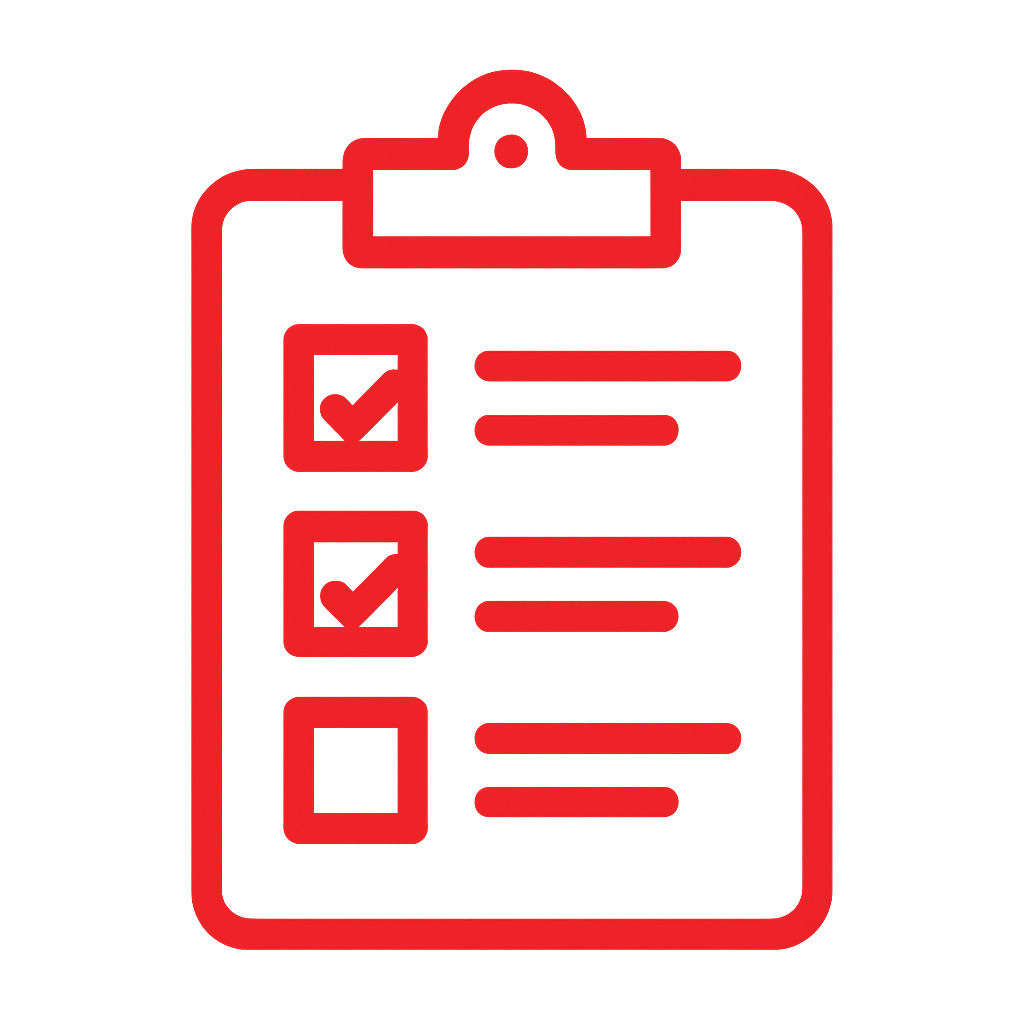NO MATTER YOUR VISION.
WE GUIDE YOU
WE GUIDE YOU
For over 30 years, Veldhoen + Company has developed and implemented new ways of working for forward-thinking organisations.
5 min read
Blog Title
At the beginning of the year, our consulting teams dusted off their crystal balls and tried to gaze into the future. We’re not the type to make grandiose statements about the future; we prefer to draw on our 30+ years’ experience working with our clients and partners on the challenges they’re facing and help them build long-term, resilience and agility. However, we were getting asked by clients and peers for our perspective on how organisations should approach 2023, and what a 'new normal' might look like.
So, with typical V+C curiosity, and our unwavering belief that credibility and trust is built on a foundation of accountability, we were only willing to peer into the future if we also committed to taking stock – here is Part 1 of our, “Wow, we’re over half-way through the year already?!” reflections and lessons learned.
PERSPECTIVE 1: THE BOLD EXPERIMENT
Through 2020 and 2021, talk about 'new ways of working', 'future of work' and the many other iterations of ways of working had hit fever pitch. What many of our clients were experiencing, however, was a well-intentioned combination of reactive and patched together policies to challenges and contexts none of us had faced before at such a grand scale. As we stared down a fresh year, we encouraged our clients to step back and take on 'Bold Experiments'. They didn’t have to be big, but rather a clear and conscious step that signalled, “Here’s how we’re doing something different.”
For our teams in Japan and Singapore, firstly the word 'bold' sounded big and loud, and frankly felt a little scary given how much was still unknown. Secondly, initial feedback from the market was 'experiments' felt very scientific, clinical even, and were not clear in a more human-centric context of ways of working. Once we clarified wha we meant by 'experiments', it made more sense. Simply put, our definition for a Bold Experiment is that change needs to be:
- Intentionally designed to test a clear hypothesis
- Implemented with a measurable impact
However, we were still hearing questions around 'what is bold?' Ultimately 'bold' depends on each company’s context and culture, so put in its most simple terms, if the experiment requires people (even just a pilot group) to go out of their comfort zone in some fundamental way, then you’ve likely found the “bold sweet spot". In Japan in particular, Senior Consultant, Shoko Kishida, spoke with many clients that had run hybrid working experiments, but most of them had gone back to the way they worked before. The consensus was they have not been able to find the bold sweet spot they had hoped for, so this has become a point the V+C team in Japan have focused their efforts on this year – how can we support our clients and encourage them to renew team agreements and examine other key topics that make up the baseline of successful hybrid working.
In North America, finding that bold sweet spot has also been our focus. Senior Consultant, Zoe Chen, has been working with Sun Life since 2019. Reflecting on her recent experiences, she shared, “Some bold experiments became public commitments, making it difficult to walk back on them when they posed new challenges in a shifting context. Not surprisingly, many were COVID-related decisions, and we’re now using pilots to bring them to life longer-term.” Interestingly, the pushback from some stakeholders towards these pandemic-era policies has been critical to learn how strategies ‘on-paper’ come to life and how to better deliver on their promises.
At the same time, newer bold experiments have posed intriguing challenges. For example, one of our clients chose to trial a pilot office space with new ratios and composition of work environments. The 'pilot' quickly spiralled into a bigger effort than anticipated as different leaders and groups had differing interpretations of the purpose and aim of the ‘pilot’. Senior Consultant, Kristin Reed, shared that PwC Canada have sometimes used the naming or framing of projects as 'pilots' to reduce ideas getting bogged down in an endless decision-making process. Especially in more risk-averse company cultures, it avoids the need to be perfect, creating more openness and acceptance that projects and implementations won’t be perfect the first time around. We were very excited to see the opening of the new workspaces, and the photos certainly didn’t look like a pilot or prototype to us!
One thing is for sure, we’ve consistently seen that those organisations that design their pilots as measurable experiments are always successful because they always learn. We proposed at the beginning of the year that getting clear on the measures of success and measurement mechanisms BEFORE starting on a bold experiment was essential. Many of us have used Utilisation Studies in the past to understand space occupancy, capacity and patterns of attendance, however we’re aware that this data only tells part of the story. Zoe shares how Utilisation, when combined with Ethnographic Studies and other workplace data enabled teams to better understand which employee personas needed to be supported in the office. Some of these personas we’ve been aware of for a while, but with so much disruption in how we live and work in the last few years, we have also seen some new patterns emerge - supporting all of them is essential to success.
For the most part, the key part of our perspective we’ve doubled down on is that 'bold' doesn’t mean big. Zoe shared an experience of leaders and teams being more aware of the cumulative impact of all the small decisions they had made this year - from the outside it looked quite bold, even if for internal teams, particularly those delivering projects, it felt very incremental and somewhat slow. We’re reminding the project teams we work with to have patience, stay clear on the goal of experiments, how to measure it, and not underestimate what others might see and feel as bold.
PERSPECTIVE 2: HOW TO MAKE HYBRID WORK, WORK
We'll be following up in September with Part 2, reflecting on the second perspective we shared in January. If you want to be sure that you don't miss it, subscribe to our updates (red button on the right) to get our monthly global newsletter.
Update as of 25 Sept 2023: Part 2 published here.

